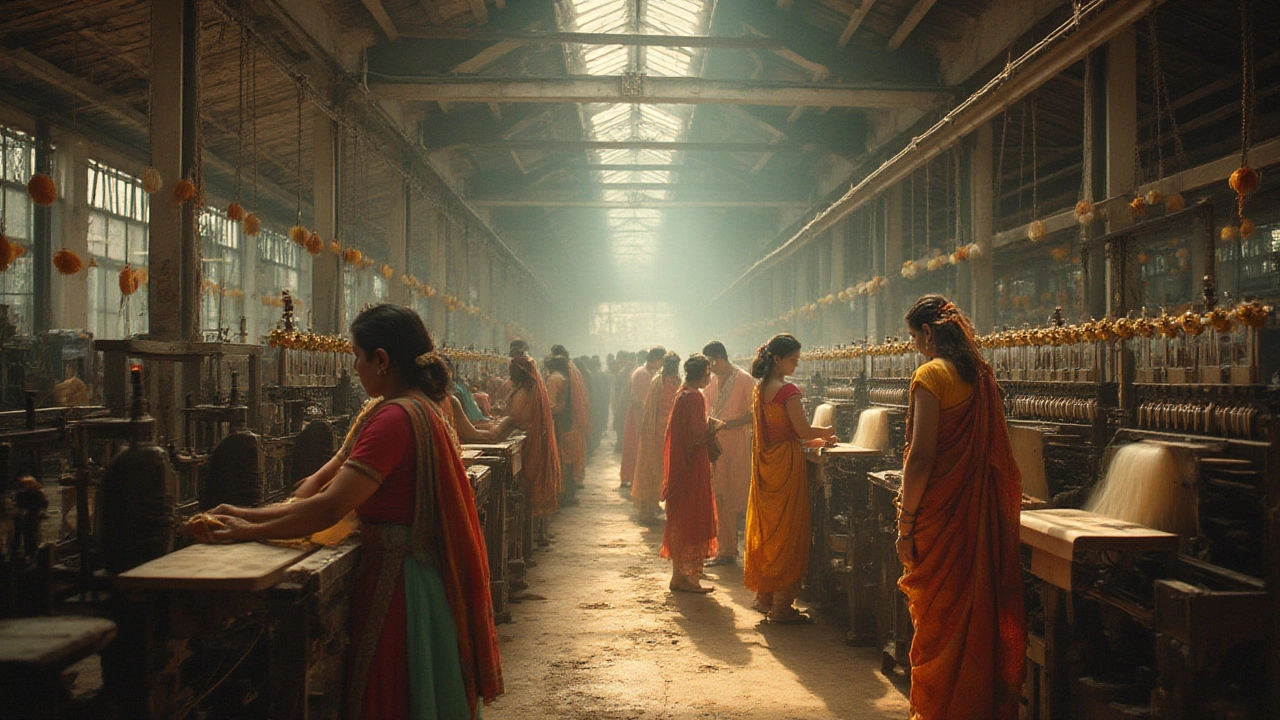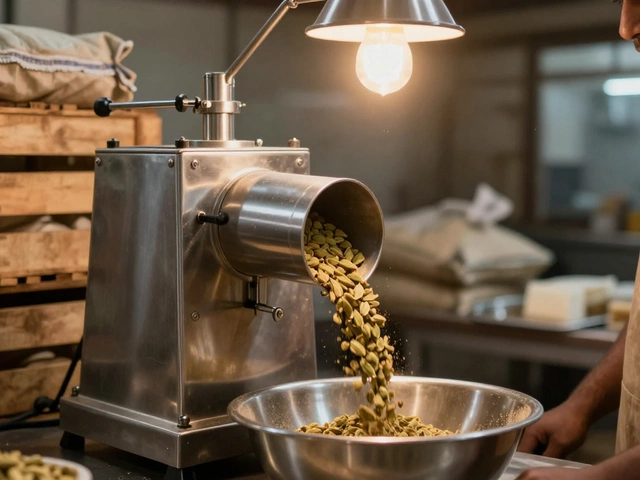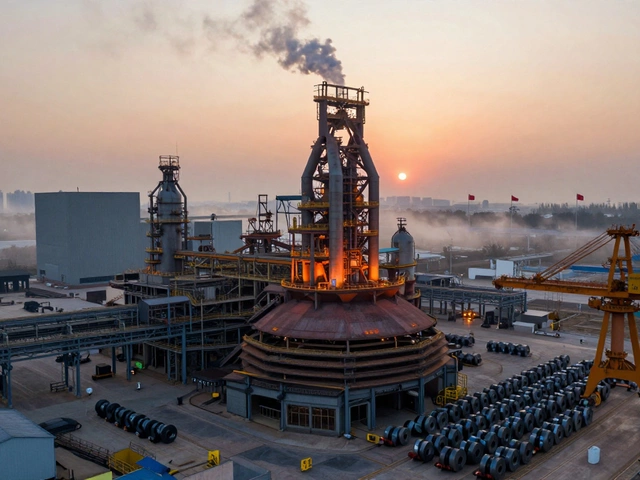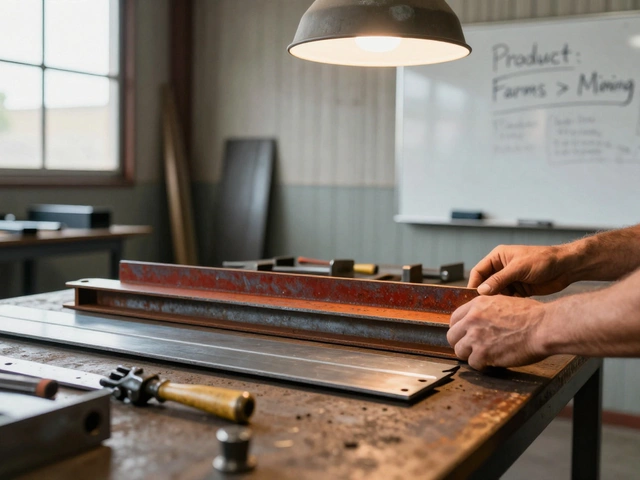Economic Advantage: Unlocking Growth in Indian Manufacturing
When you hear "economic advantage," think of lower costs, faster delivery and higher profit margins. India’s factories are getting better at all three, and that creates real opportunities for anyone who can use them.
Why Economic Advantage Matters
First, cheap labor isn’t the whole story. Modern plants in Gujarat, Hyderabad and Baddi are using automation, better supply chains and government schemes that cut waste. That means you pay less for the same quality. Second, the country’s huge market helps you test new products quickly. A small batch can reach thousands of customers without the shipping nightmare you’d face from overseas.
Third, the low‑competition sectors highlighted in recent posts—like niche textile niches or emerging chemicals—offer room to grow without a crowded field. When you enter a market with few rivals, you can set prices and build brand loyalty fast.
How to Leverage Economic Advantage in Your Business
Start by mapping the product you want to make against India’s strengths. If you need pharma‑grade APIs, Hyderabad’s hub gives you access to world‑class R&D and bulk production. Want furniture that blends style with sustainability? Look at the fast‑growing furniture manufacturers in the north.
Next, check the cost breakdown. A recent guide showed that importing furniture from India to the USA adds only a modest shipping fee when you use bulk containers. The same logic works for electronics, textiles and even small‑scale industries. Calculate the total landed cost—shipping, customs, taxes—and compare it to local prices.
Don’t forget the three pillars of manufacturing: production, quality and efficiency. Choose partners that score high on all three. Factories that follow the 5 M’s—Man, Machine, Material, Method, Measurement—are less likely to give you defective products or delays.
If you’re a startup, avoid the biggest mistake: over‑investing without validating demand. Use the “most in‑demand products” list to pick a niche that already shows buyer interest. Combine that with the low‑competition advice to stay ahead of the curve.
Finally, stay updated on regulations. Banned chemicals in India, for example, can halt production if you’re not careful. Keep an eye on the latest lists so you don’t waste time or money on restricted materials.
Bottom line: economic advantage isn’t a buzzword—it’s a real lever you can pull to cut costs, speed up launch and boost profits. By matching your product to India’s manufacturing strengths, you turn a global challenge into a local win.
Major Economic Advantage of the Factory System: Mass Production Revolution
The factory system transformed industries by boosting efficiency, lowering costs, and making goods affordable. This article explores how mass production changed economies and daily life.
Read More




